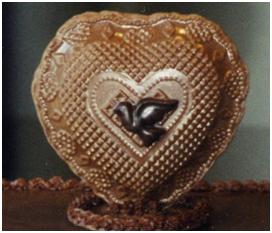How to Wash Good Kitchen Knives
Cleaning your knife correctly, protects your investment. I use my paring knife and my chef’s knife almost every day. I’d estimate that I’ve used my paring knife at least 7,000 times and my chef’s knife around 4,000 times. Because I clean them properly and hone them before almost every use, they still cut as well […]
How to Wash Good Kitchen Knives Read More »

